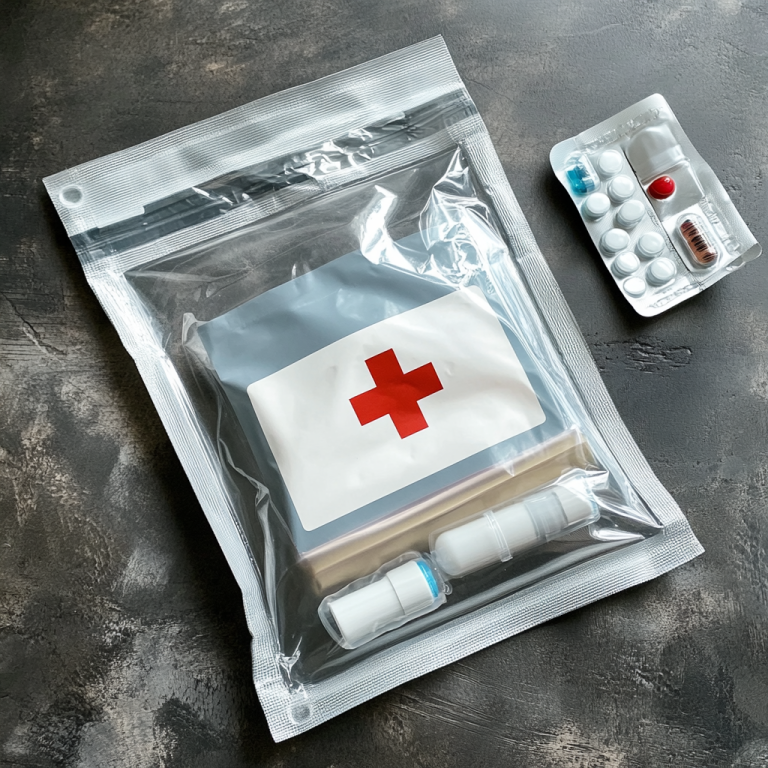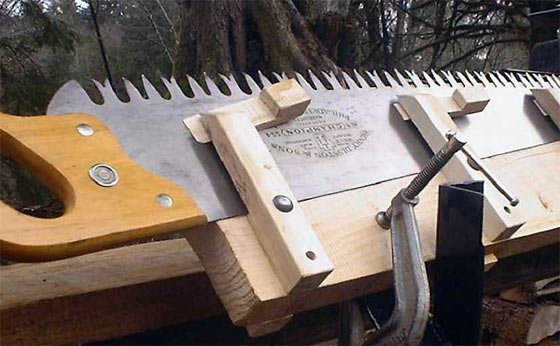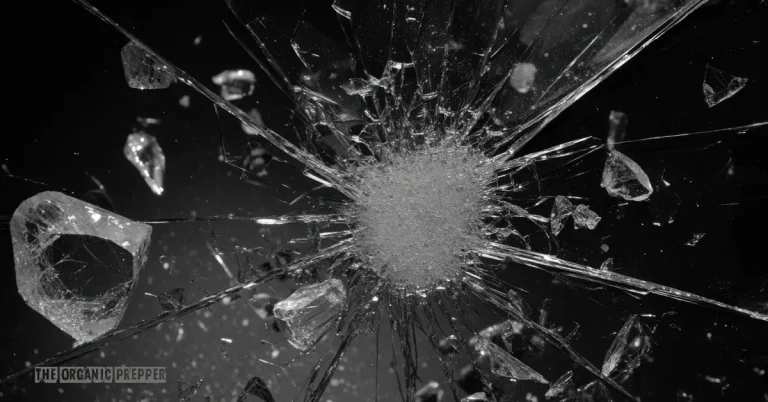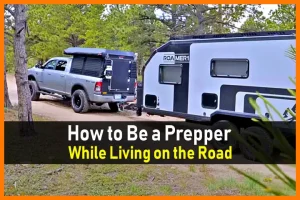Written by Bernie Carr
In times of emergency, having a sufficient supply of water is paramount to your survival and well-being. Water is crucial for survival: a person can survive roughly just three days without water according to the survival rule of three.
We often take the availability of clean water for granted, but natural disasters, power outages, and other unforeseen circumstances can disrupt our water sources. To prepare for such situations, it’s crucial to know how much water you need and how to properly store it. In this article, we’ll explore the minimum amount of water you should have for emergencies, how to store it safely, and potential threats that can ruin your water storage.
Determining Your Water Needs
The first step in emergency water preparedness is calculating how much water your household requires. The general rule of thumb is to have a minimum of one gallon of water per person per day. This covers both drinking and sanitation needs. However, several factors can influence your daily water consumption:
- Climate: Hot and arid regions may require more water, especially if you need to stay cool.
- Age and Health: Children, nursing mothers, and individuals with medical conditions may need more water.
- Activity Level: Increased physical activity, like strenuous work or evacuation, will increase your water needs.
- Duration of Emergency: You should plan for at least a three-day supply, but a longer duration may require more water.
- Pets: How many pets do you have? They need water too, so you need to include your pets when calculating your water storage needs.
Incorporating these factors into your calculations will give you a more accurate estimate of your family’s needs. It’s always better to overestimate than to fall short during a crisis.
Safe Water Storage
Now that you have determined how much water you need, the next step is to store it properly. Here are some essential tips for safe water storage:
- Use Food-Grade Containers: Store water in food-grade plastic containers, such as those designed for long-term storage. Never use containers that previously held chemicals or non-food substances.
- Clean and Sanitize Containers: Before filling your containers, thoroughly clean and sanitize them. Use a mixture of one teaspoon of unscented bleach per gallon of water to disinfect them.
- Rotate Your Water Supply: Regularly check and replace your stored water every six months to ensure freshness. This practice prevents the growth of algae or bacteria.
- Keep Water in a Cool, Dark Place: Store your water in a cool, dry, and dark location away from direct sunlight, as heat and light can degrade the quality of the water over time.
- Consider Water Preservatives: Adding water preservatives like chlorine dioxide tablets can extend the shelf life of your stored water.
- Label and Date Containers: Clearly label each container with the date it was filled to make it easier to rotate your supply.
- Store Water in Multiple Locations: To mitigate the risk of losing all your water in a single event (e.g., a flood), consider storing water in multiple locations, such as your home, garage, car, and an off-site storage unit (if you have one).
Potential Threats to Water Storage
While proper water storage is essential, it’s also important to be aware of potential threats that can ruin your water supply:
- Contamination: Stored water can become contaminated if containers are not sealed properly or if they come into contact with unsanitary surfaces. Be vigilant about maintaining the integrity of your storage containers.
- Bacterial Growth: Stagnant water can lead to the growth of harmful bacteria. Regularly rotating and replacing your water supply can prevent this issue.
- Leaks and Damage: Water containers can deteriorate over time and develop cracks or leaks. Regular inspections and replacement of damaged containers are crucial. I once had a water storage failure – click here to find out what happened.
- Extreme Temperatures: Extreme heat or cold can affect the quality of your stored water. I never store water in the garage – it gets too hot and the water ends up evaporating. Ensure that your water supply is kept in a temperature-controlled environment.
In Conclusion
In emergencies, water is a precious resource, and proper preparation is crucial. By determining your family’s water needs, following best practices for storage, and being aware of potential threats, you can ensure you have a sufficient and safe water supply for any unforeseen event. You should have at least a week’s worth of water for your family to start and go from there. It’s also a good idea to have a reliable water filter, in case tap water becomes unsafe to drink in a disaster. Remember, it’s always better to be prepared and have more water on hand than you think you’ll need, as you never know when disaster might strike. Stay safe, stay prepared, and stay hydrated.
About the author
Bernie Carr is the founder of Apartment Prepper. She has written several books including the best-selling Prepper’s Pocket Guide, Jake and Miller’s Big Adventure, The Penny-Pinching Prepper and How to Prepare for Most Emergencies on a $50 a Month Budget. Bernie’s latest e-book, FRUGAL DIY has just been released on Amazon. Her work appears in sites such as the Allstate Blog and Clark.com, as well as print magazines such as Backwoods Survival Guide and Prepper Survival Guide. She has been featured in national publications such as Fox Business and Popular Mechanics. Learn more about Bernie here.
FB: https://www.facebook.com/apartmentprepper
Instagram: https://www.instagram.com/apartmentpreppers/
Twitter: https://twitter.com/AptPrepper
YouTube: https://www.youtube.com/channel/UC7vOtdbo-wiBeBxD6puCr1Q
Patreon: https://patreon.com/apartmentprepper
Pinterest: https://www.pinterest.com/aptprepper/
Today’s societal climate not supportive of prepping. With your help, we can keep bringing you content that is often suppressed. Help keep Apartment Prepper alive.
Join me on Patreon for ad-free content.
Or Help out via Paypal




















